
What is Wireless Coexistence Testing?
With the development of wireless technology, devices supporting wireless standards are increasingly common. When multiple wireless communication standards are used simultaneously in the same environment, interference between devices is inevitable, potentially leading to unstable wireless signals over time. This is particularly critical in medical applications, where wireless technology must ensure safe and stable operation while facilitating doctors' access to data. Consequently, regulatory frameworks for such devices are becoming more comprehensive.
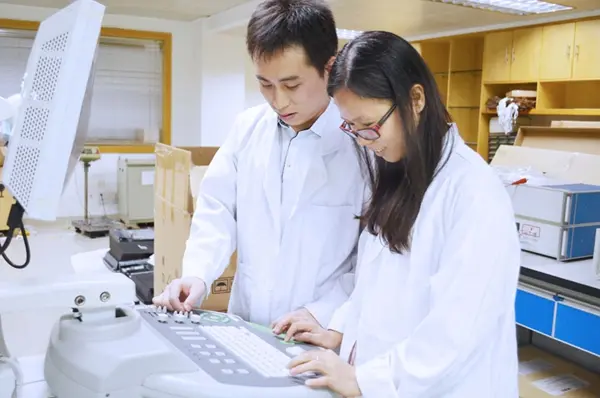
The FDA in the U.S. has introduced testing methods and risk assessment guidelines for medical wireless products concerning wireless coexistence, aiding in the scientific evaluation of the wireless coexistence capabilities of medical devices and helping to establish reasonable quality evaluation standards.
What is Wireless Coexistence?
Wireless coexistence refers to the ability of a system to perform tasks within a given shared environment, where other systems may or may not operate using the same set of rules.
Why is Wireless Coexistence Testing Important?
As smart home technologies become more mainstream, many home gateways are introducing low-power wireless technology into Wi-Fi gateways. In some cases, these gateways may support more than three 2.4 GHz wireless devices, necessitating coexistence management strategies to ensure proper operation of all wireless devices. Additionally, FDA monitoring indicates a rising trend in medical incidents related to wireless interference, highlighting the importance of wireless coexistence.
Is Wireless Coexistence Testing Mandatory?
Currently, wireless coexistence is mandatory for medical devices. While it is not mandatory for other wireless devices, testing is strongly recommended. With the proliferation of wireless devices in densely populated areas like hospitals and airports, wireless coexistence is becoming integral to daily life. Successful coexistence testing reflects a device's robustness against interference, and this testing is increasingly recognized as a key standard for assessing wireless device reliability.
What Regulations Apply to Wireless Coexistence Testing?
- Risk Management of Radio-frequency Wireless Coexistence for Medical Devices: AAMI TIR 69:2017
- Evaluation of Wireless Coexistence: ANSI C63.27-2017
Wireless Coexistence Testing Standards:
- ANSI C63.27
- AAMI TIR69
- AIM Standard 7351731 (Immunity for RFID readers)
Potential Interference Sources for Medical Device Wireless Coexistence:
- Wi-Fi 2.4G
- Wi-Fi 5G
- Bluetooth (classic)
- Bluetooth (low energy)
- Zigbee
- DECT
- LTE
What Does Wireless Coexistence Testing Focus On?
- Assessing a device's ability to maintain wireless functionality in an interference environment.
- Evaluating the impact of useful signals and wireless signals on devices.
- Evaluating co-channel and adjacent-channel interference.
- Assessing interference between different wireless protocols, such as Bluetooth and Wi-Fi operating in the 2.4 GHz band.
What Testing Methods Exist for Wireless Coexistence?
- Conducted Method: Good reproducibility, but antenna removal may overlook its impact on results.
- Multi-Chamber Radiation Method: Two chambers with signals generated by real devices, but lower reproducibility.
- Single Chamber Radiation Method: One chamber with intact antennas, better reproducibility than multi-chamber; recommended.
- Open Field Radiation Method: No chambers, requiring high surrounding noise control, difficult to implement.
How Are Wireless Devices Classified by Risk Level?
Devices can be classified into four risk categories (A/B/C/D) based on their usage scenarios and potential hazards in failure states, with A-category devices facing the most rigorous testing.
For a Specific Wireless Device, Does Determining the Usage Scenario Automatically Set the Risk Level?
Not necessarily. While devices can be classified into four categories, the risk level may vary even for the same device in the same environment based on the data type being transmitted, as this affects the potential harm from latency or loss.
What Factors Influence Wireless Coexistence?
Factors include frequency, space, and time. Greater frequency separation between networks increases coexistence probability, as does a strong useful signal combined with a weak interference signal. A lower duty cycle also enhances coexistence probability.
What Testing Capabilities Does JJR Laboratory in China Offer for Wireless Coexistence?
The JJR laboratory's EMC lab can provide wireless coexistence testing based on FDA-recognized standards AAMI TIR 69 and ANSI C63.27. It offers comprehensive testing solutions for mainstream wireless devices, such as Bluetooth, Bluetooth Low Energy, Wi-Fi, and ZigBee, tailored to different risk levels to meet customer needs.
Performance Testing Content for Wireless Products:
1. Throughput Test:
- Tools: Sigma tool, IxChariot, sniffer monitor
- Environment: 966 EMC chamber.
2. De-sense Test:
- Equipment: R&S/Anritsu/Keysight base station
- Environment: 966 EMC chamber.
3. Range vs. Rate
- Equipment: Attenuator + 1.
4. Range vs. Sensitivity
- Equipment: Attenuator + 2.
Testing parameters include wireless coexistence, rate, sensitivity, coverage, etc.
Objectives of Testing:
- Early detection of compatibility issues with other products.
- Understanding communication characteristics of the product.
- Early identification of design and functionality requirements.
Performance Testing for Bluetooth:
Bluetooth Functionality:
1. Communication:
- Cellular communication via Bluetooth.
- Network communication using VoIP or other internet hardware.
- Application communication via mobile apps (e.g., WeChat, QQ, Skype).
2. Audio Playback:
- Playing audio from storage or SD cards.
- Streaming audio from cellular networks or apps.
3. Data Transfer:
- Transmitting images, audio, video, documents via Bluetooth.
- Potential issues: protocol problems, product functionality support, communication environment issues.
Bluetooth Interoperability Testing:
- Testing content includes connections, sound, control, data transmission, and network functions between Bluetooth devices.
- Testing approach involves practical operation tests with various pairing devices, simulating user habits, and assessing interface usability under extreme conditions.
Performance Testing for Wi-Fi:
Wi-Fi Functionality:
1. Establishing Connections.
2. Data Transmission Stability over prolonged periods.
3. Reconnection Scenarios after Disconnections.
Testing Parameters:
- Interconnection between AP and STA, throughput, signal quality, and sensitivity.
Testing Methods:
- Interconnectivity tests with various devices.
- Simulating user behavior.
- Assessing interface usability.
Wi-Fi Interoperability Testing:
- Speed of connection between AP and STA.
- Speed using WPS or QR codes.
- Testing various security encryptions (WEP, WPA, WPA2).
AP Testing:
- Long-duration connections with continuous small and large data packets.
- Disconnection testing to evaluate successful reconnection.
Wi-Fi Connection Speed and Success Rate Testing (AP):
- Simultaneous connections with multiple STAs.
- Tests with various encryption methods.
Wireless Coexistence Testing:
Typically follows ANSI C63.27 standards, monitoring key KPIs. Different wireless technologies operate in potentially overlapping frequency bands while monitoring crucial technical indicators.
Common Wireless Technologies Used:
- Bluetooth devices in the 2.4 GHz ISM band.
- Wi-Fi devices in the 2.4 GHz ISM band and Unlicensed National Information Infrastructure (UNII) and ISM bands.
- DECT devices in the 1920 MHz to 1930 MHz range.
Monitored KPIs:
- Throughput.
- Latency (one-way delay).
- Jitter (latency variation).
- Packet error rate (PER).
Email:hello@jjrlab.com
Write your message here and send it to us
 What is FCC Class A vs. Class B?
What is FCC Class A vs. Class B?
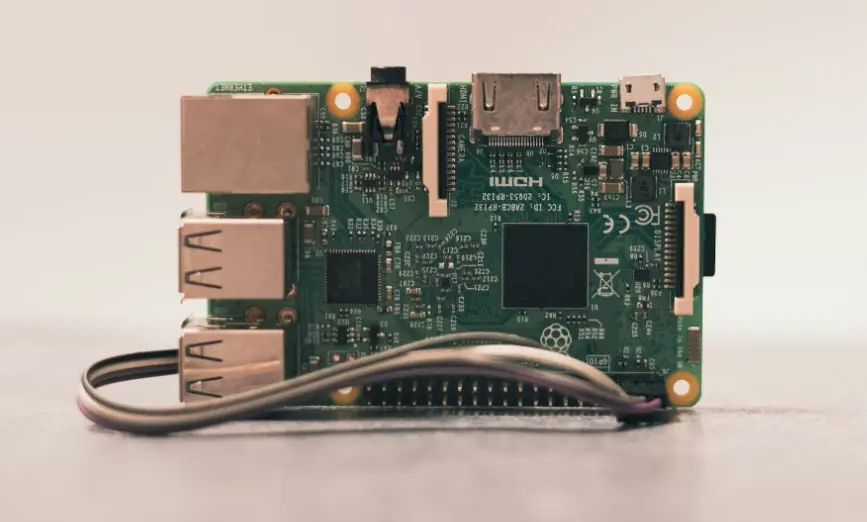 UL Standards for Electrical Equipment
UL Standards for Electrical Equipment
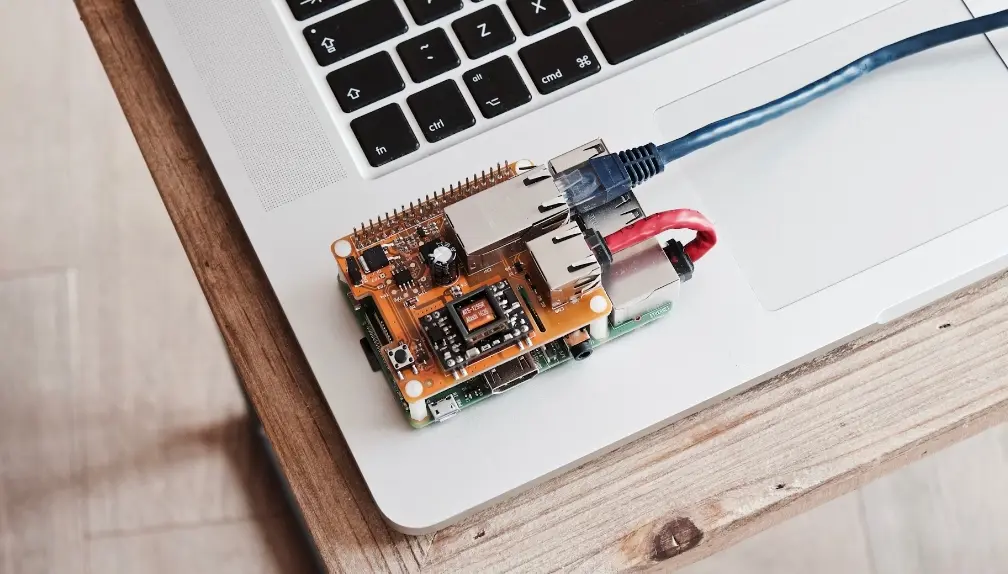 Is UL Certification Required in the USA?
Is UL Certification Required in the USA?
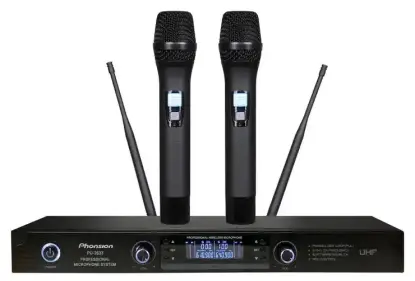 Wireless Microphone Export Certification
Wireless Microphone Export Certification
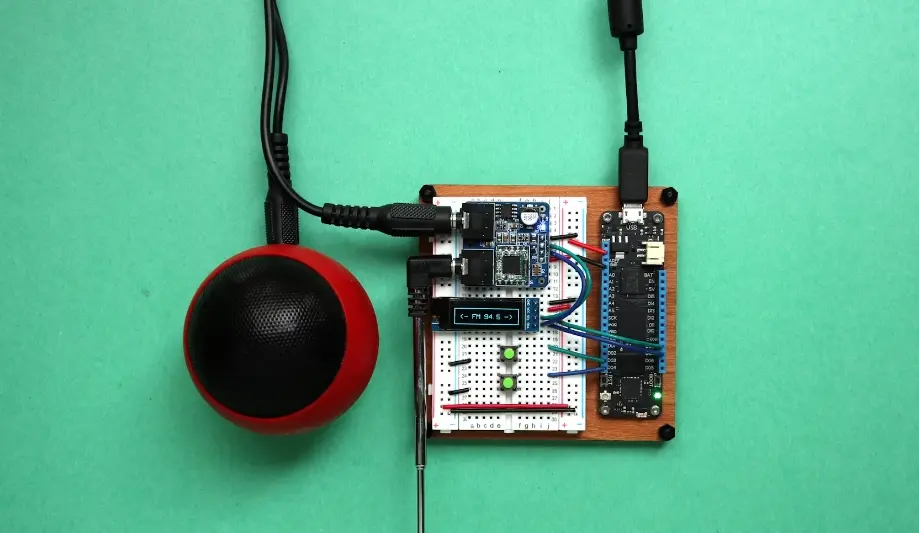 Audio-Visual Products SNI Certification in Indones
Audio-Visual Products SNI Certification in Indones
 FCC-ID: Still Needed if Module is Certified?
FCC-ID: Still Needed if Module is Certified?
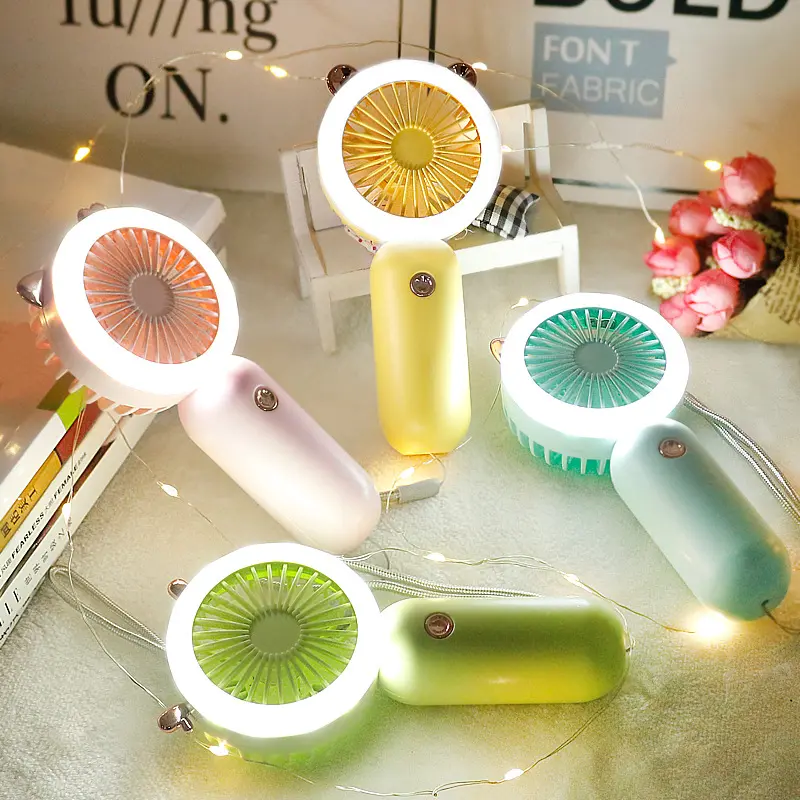 FCC Certification Fees for Handheld Fans
FCC Certification Fees for Handheld Fans
 FCC Certification Testing for Smart Lighting Produ
FCC Certification Testing for Smart Lighting Produ
Leave us a message
24-hour online customer service at any time to respond, so that you worry!




